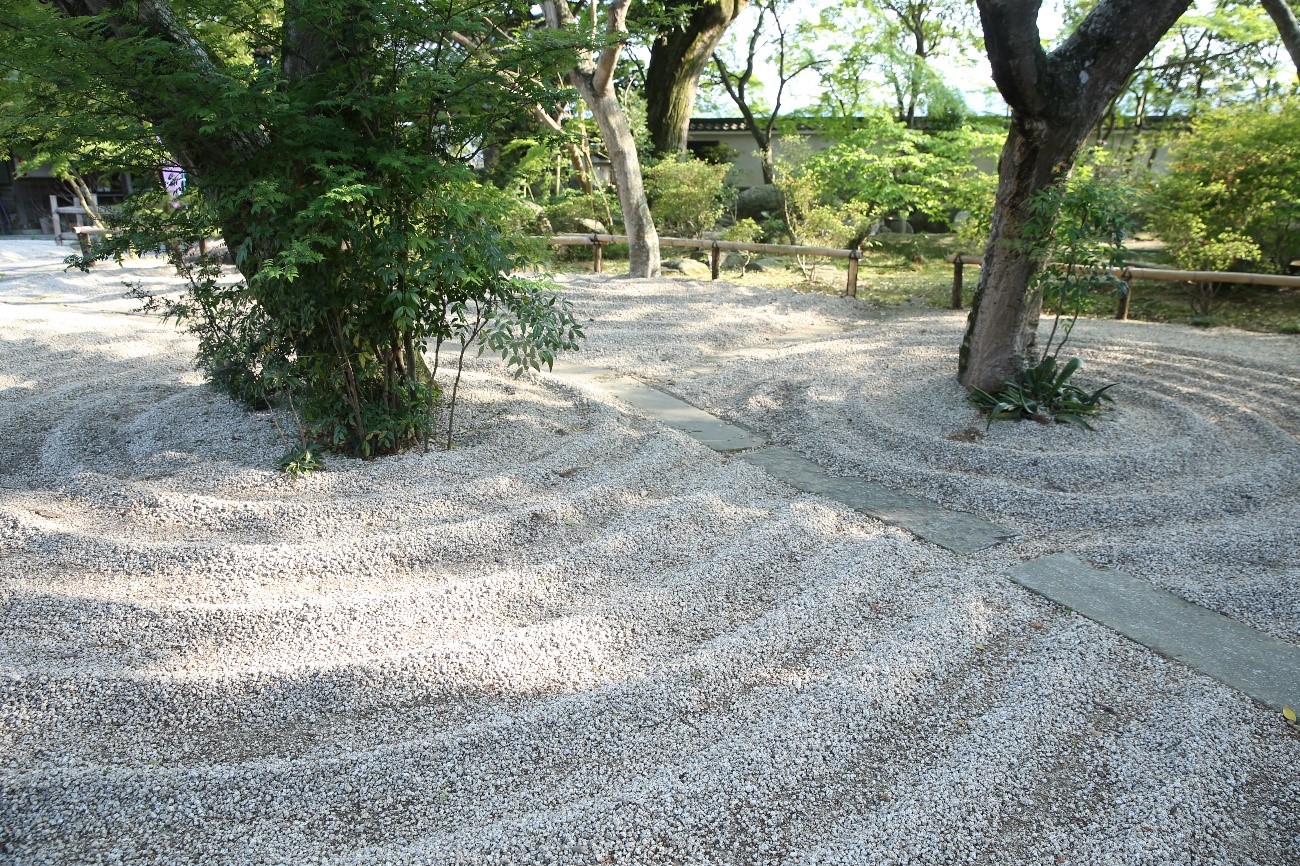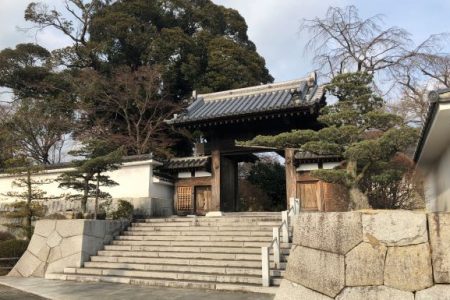Gassan-ji is a temple built in the 12th century, in the early days of the Heian Period. There is a beautiful garden on the premises and of particular interest is the spiral patterns drawn in the sand garden. November is peak foliage season and a time of year we recommend highly.
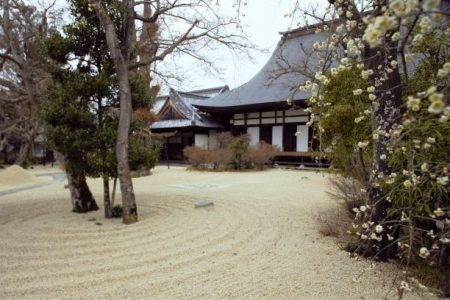
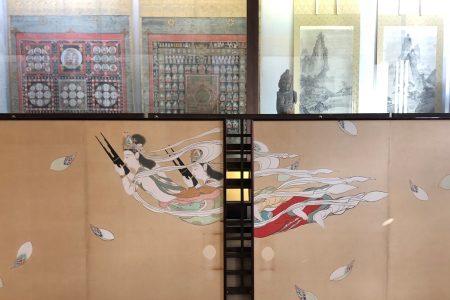
We also recommend stopping by the Gassan-ji Museum built in 1983 where you can see Buddhist statues and drawings, traditional crafts, ancient writings, and other works of art. There is a display of the art of Enokido Sho-e, an artist from Town of Iwase nearby.
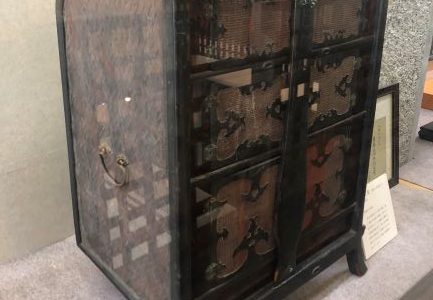
The most interesting piece, however, is Benkei’s Ajiro-oi, a designated national Important Cultural Property. An Ajiro-oi is a box that is carried on the back. It is an item used by monks and those who go on a pilgrimage of temples around the country. Clothing, dishes, Buddhist scriptures, and Buddhist objects are typically placed inside. It is easily distinguishable as it has three legs, is divided into three sections, and has double doors on it. You may have seen this in the famous kabuki play called Kanjincho. The character of Musashibo Benkei carries this on his back in the play. This basked is said to be that basket as there is mention a historical document called Shinpen Hitachi Kokushi, of this being one Minamoto Yoshitsune used. Minamoto Yoshitsune, a notable historical figure—a prince of sort—was protected by Musashibo Benkei, a warrior-monk. The mention of this basket belonging to Minamoto Yoshitsune and eventually becoming an item Musashibo Benkei used is of particular interest to those interested in Japanese history. Further, there is faint writing—Musashibo Benkei– visible on the basket itself indicating this is the basket Benkei used. That this exact basked is what is on display in this museum makes this a must-visit locale.
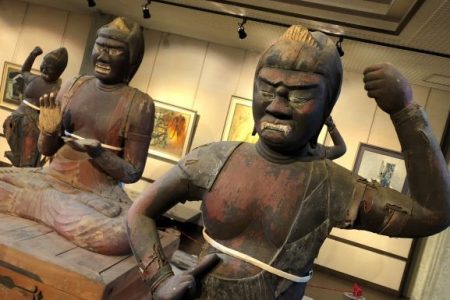
In addition, you can see twelve more Prefecturally Designated Cultural Items at this museum such as the Horai-Sanmon plate (an large plate with the drawing of Mt. Horai in China); the Chujo-hime Sanzonshuji Shishu Mandala, a scroll said to be woven by Princess Chujo in one night; and a sitting statue of Yakushi Nyorai.
【Address:Nishikobanawa 1677 City of Sakuragawa Hours:10am ~5pm Closed on Mondays】


